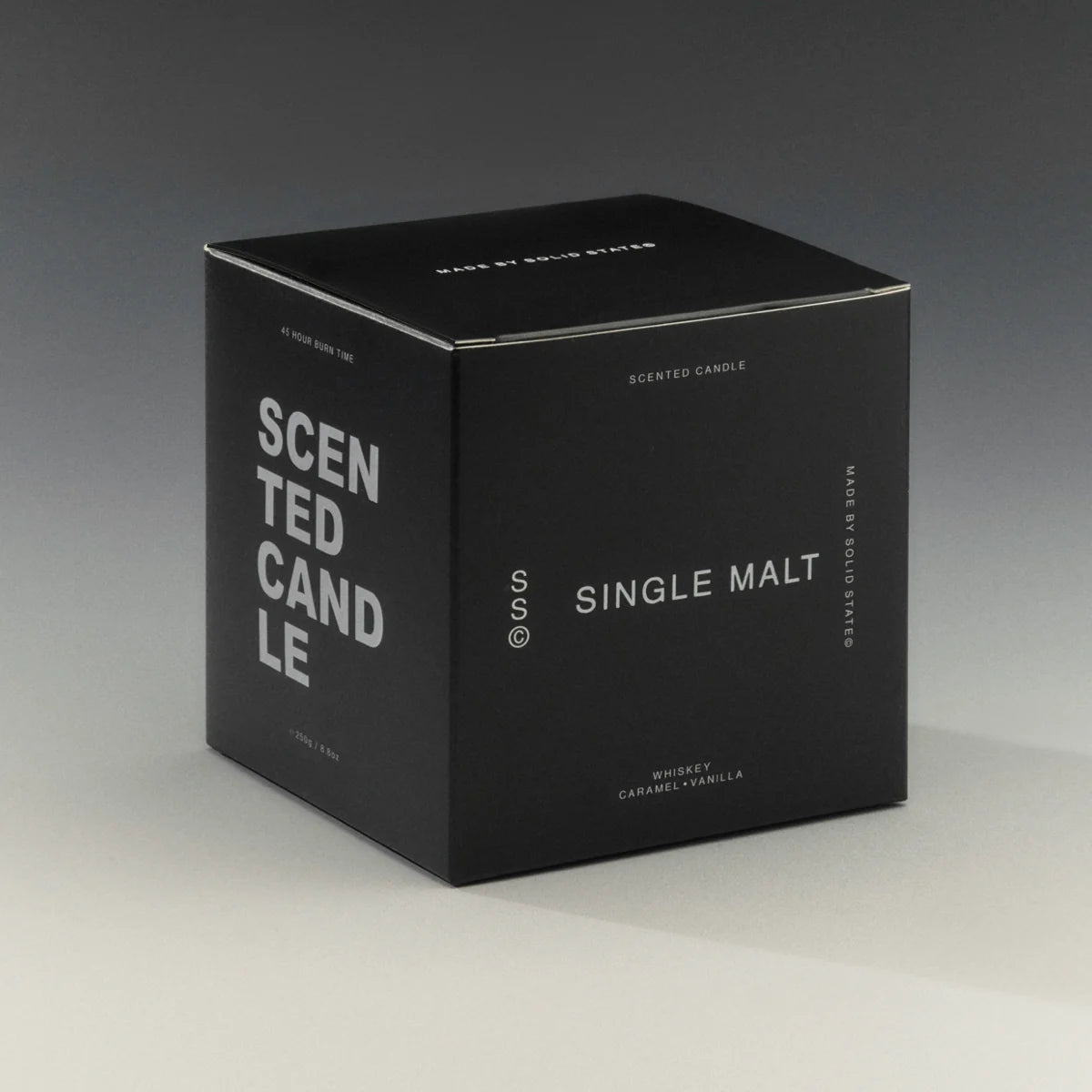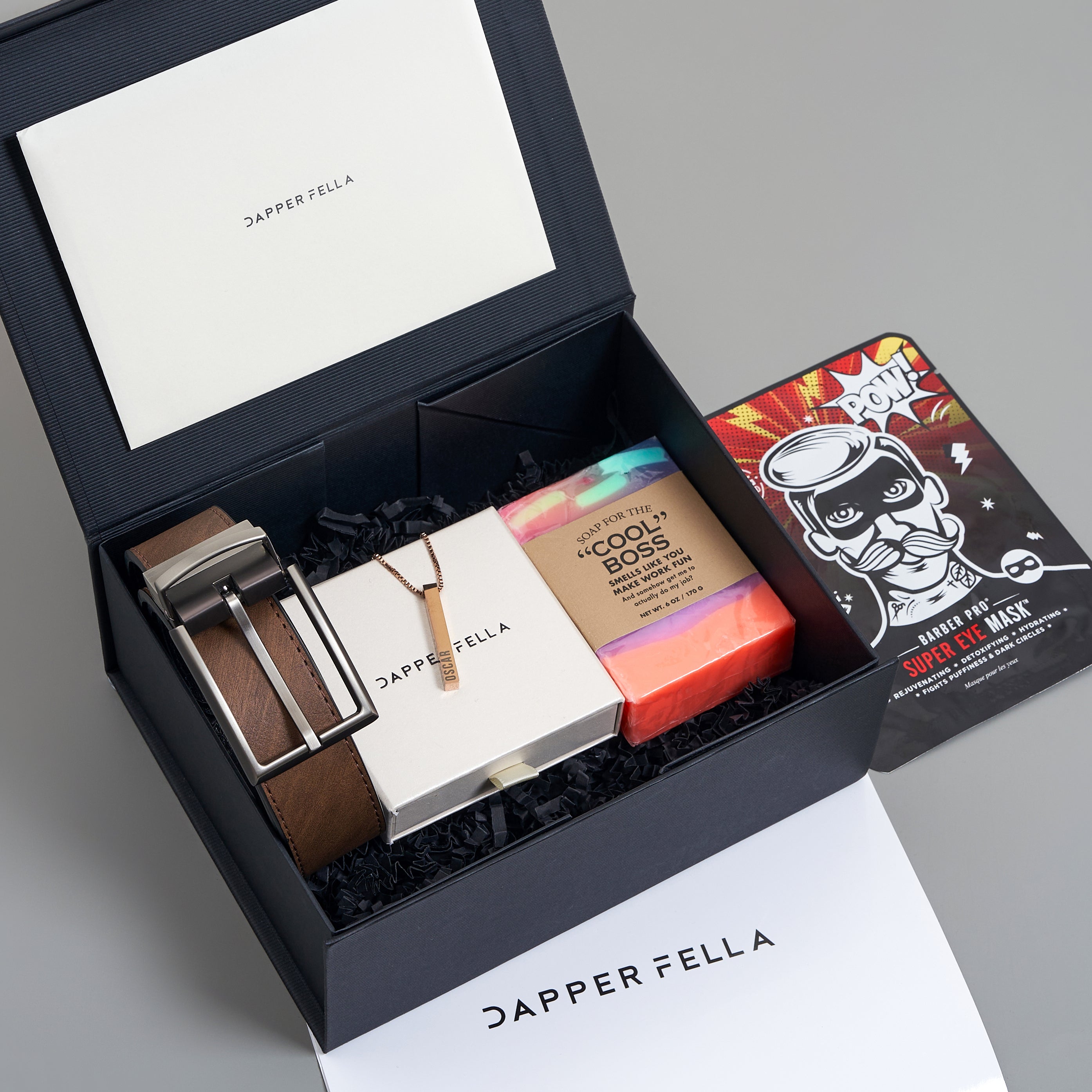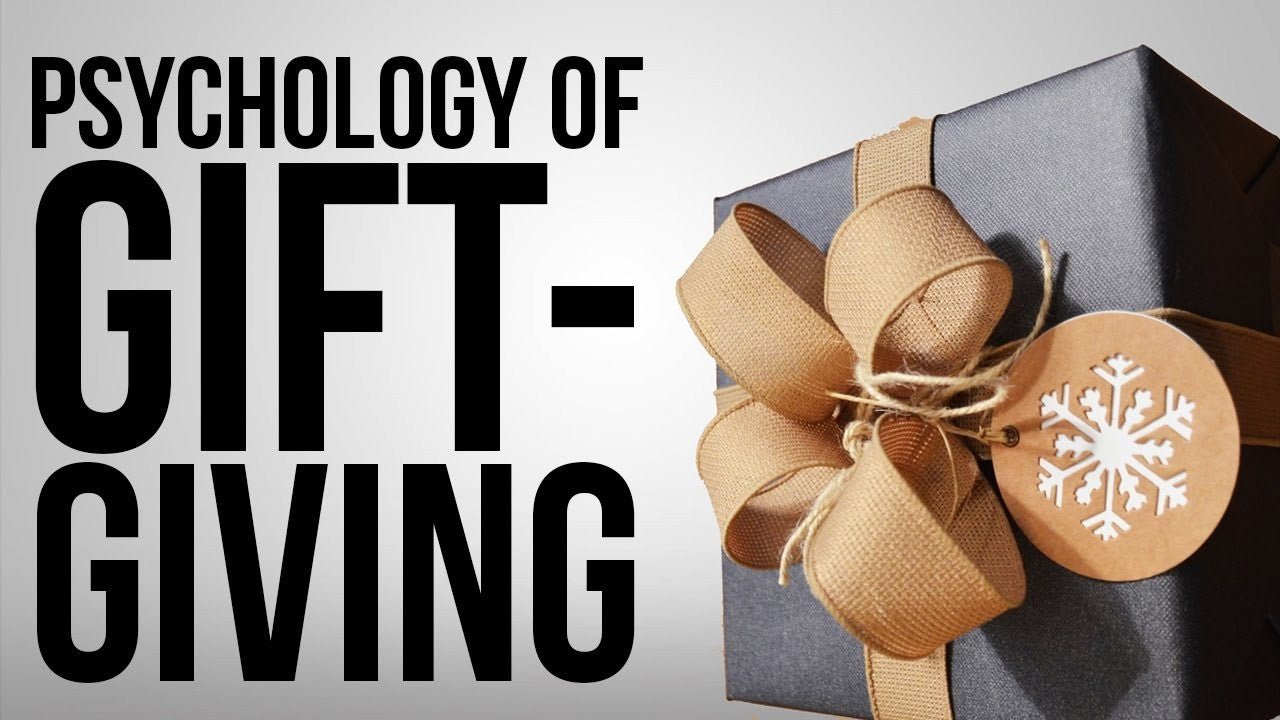
Beyond an opportunity to unlock deep bliss, gifting releases a surge of emotions that contribute to our wellbeing, self-esteem, and sense of purpose
One of the most memorable gifts I’ve received is a handmade photo book from my school friends. Aptly titled This is Your Life, it documented our years together from child to adulthood, recalling some of our most treasured memories. Bound in a hardback cover, it still sits on my shelf now, begging to be pulled out and pored over when I’m chasing a little sentimental reflection.
It’s special to me because it was made with intention. And I have it on good authority that my friends had an absolute blast compiling it – reliving memories as they sourced and placed the images, constructed the (often hilarious) captions, and got creative with the design.
I liken it to how Amelié Poulain must have felt when she finds the childhood treasure belonging to the former occupant of her apartment, in Jean-Pierre Jeunet’s movie, Amelié. Returning the memorabilia to its rightful owner – and witnessing his subsequent joy and newfound perspective – she commits herself to others, delivering acts of kindness that transform the lives of the people around her. But in the act of giving, it’s Amelié who transforms the most.
The message here is that, while it’s amazing to be the lucky recipient of a gift, it’s as the giver of those gifts – the crafter of the gesture – where the sky-high joy can be found.
The psychology of gifting
Gifting is a tradition engrained in many cultures, and beneath its surface lies some fascinating psychological benefits. An expression of love and gratitude, it acknowledges the significance of our relationships, shifting us away from ego, and rewards us with a wonderful ‘warm glow’.
Developed by American economist James Andreoni, warm-glow giving’ is a theory that explores the emotional reward of giving to others. His study, published in The Economic Journal in 1990, places us into two categories: ‘impurely altruistic’, where we maintain both altruistic and egoistic motivations for giving that reward us for the contributions we make; or ‘pure altruists’, who are motivated solely by the desire to give.
A 2019 study by The University of Sussex, published in NeuroImage, further explores the neural processes associated with altruistic and strategic giving, concluding that – irrespective of why we give – both types are destined to benefit others, and are consistently rewarding to the giver, triggering the ‘helpers high’ that naturally follows an act of kindness.
It’s believed that both giving and receiving gifts activates the core areas of our brain associated with reward and pleasure, stimulating the neurotransmitter dopamine. When we give, we bring happiness to ourselves and others, experiencing what’s often referred to in psychological circles as ‘vicarious reward’. Through witnessing something positive happening to another person, we vicariously experience that person’s pleasure, too. It’s a wonderful way to lean into compassion, with long-lasting benefits for both gift-giver and recipient.
Dapp





